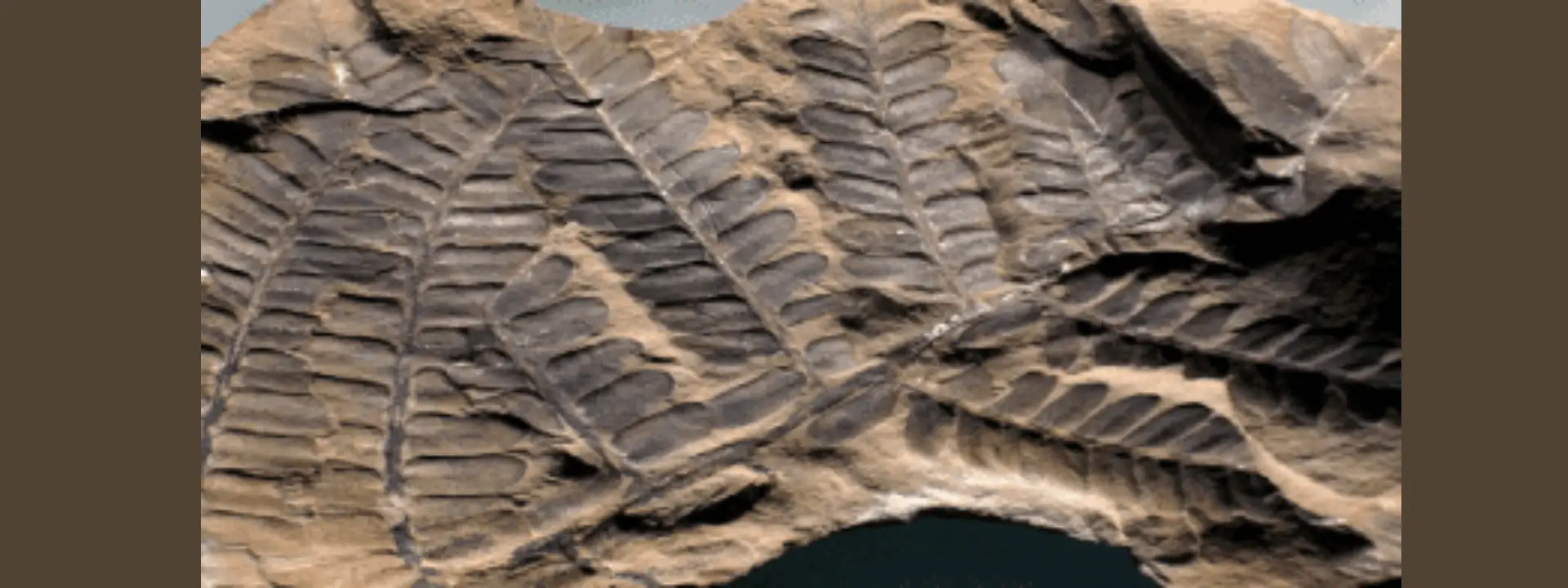The column first appeared in BBC on January 17, 2022.
India is home to some of the most remarkable fossils in the world, ranging from extensive beds of dinosaur eggs to enigmatic prehistoric species that are new to science. However, many of these treasures remain buried, awaiting discovery and study. In 2000, paleontologist Jeffrey A. Wilson had a transformative experience while examining an Indian fossil at the Central Museum of Nagpur. The specimen, excavated in 1984 from the village of Dholi Dungri in Gujarat, revealed an extraordinary find—the bones of a baby dinosaur alongside its eggs. This was a groundbreaking discovery in itself, but Wilson noticed something even more fascinating. Among the dinosaur bones were two tiny vertebrae with a unique connection characteristic of snakes, a discovery that offered new insights into evolutionary biology.
Indian fossil record is incredibly diverse, but its study faces significant challenges. Many fossils lie unexamined due to limited resources and attention. Additionally, India’s paleontological richness extends beyond its borders, as it shares a unified geological history with Pakistan, Myanmar, and Bangladesh. Together, these countries form a contiguous paleontological landscape, with shared deposits and evolutionary stories. However, political barriers and limited regional cooperation hinder the potential for collaborative research, making it difficult for scientists to freely exchange ideas and data.
Wilson emphasizes that advancing the study of fossils in India requires stronger regional collaboration. Cooperation between neighboring countries could unlock valuable knowledge about shared geological and evolutionary histories. For instance, comparative studies of fossils across borders could shed light on how ancient ecosystems functioned, how species migrated, and how environmental changes influenced evolution.
Another significant barrier is the limited awareness and support for paleontology within India. A greater emphasis on preserving and studying these fossils could yield invaluable insights into Earth’s history, while also fostering public interest in natural sciences. Investments in training, infrastructure, and international collaboration could further establish India as a leader in paleontological research.
The fossils of India hold clues to the deep past, offering a window into the age of dinosaurs and beyond. By addressing challenges like resource limitations, regional cooperation, and public engagement, scientists can uncover the stories hidden in these ancient relics and deepen our understanding of life on Earth.
Read More: BBC
Find more Global Indian Top Reads

